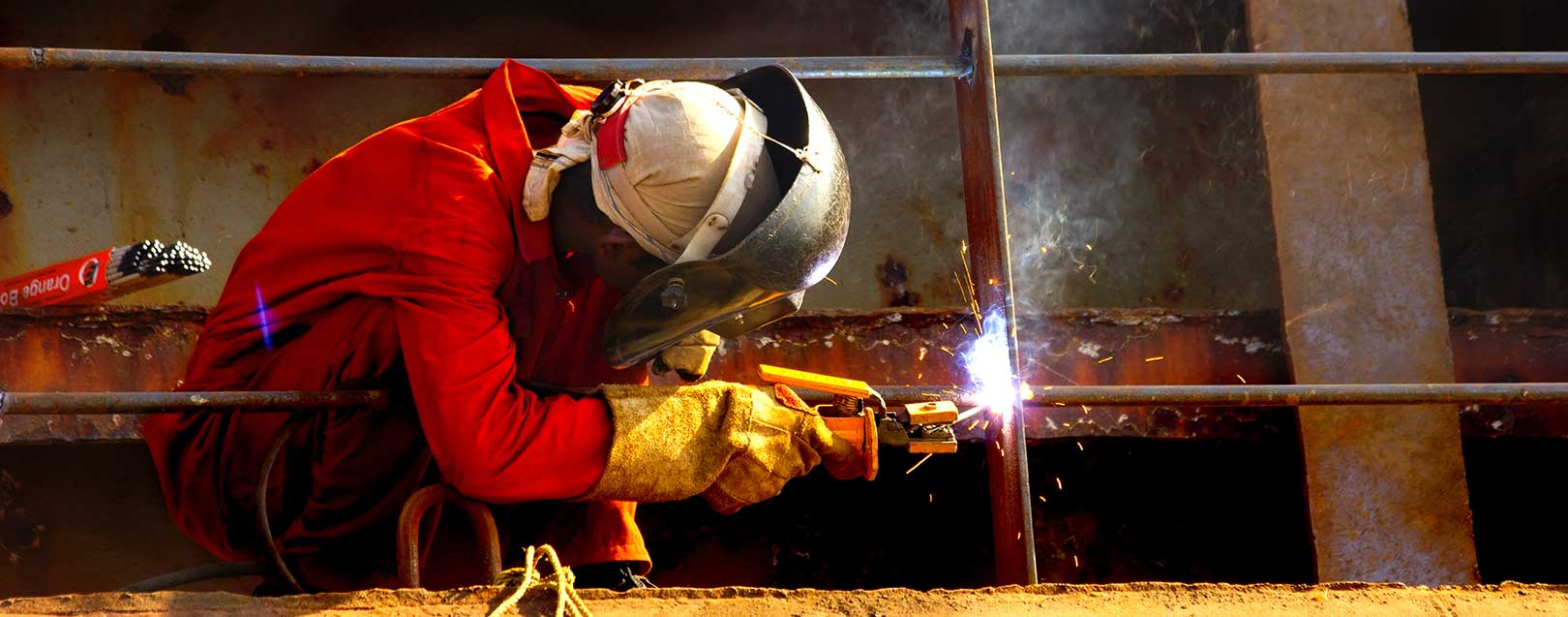
China manufacturing growth fastest, India’s contracts due to note ban
The Dollar Business Bureau
The demonetisation move has hit India’s manufacturing sector which contracted in the month of December for the first time in 2016, whereas manufacturing activity in China has recorded the fastest growth in four years.
India’s manufacturing sector has contracted in the month of December as fresh work orders and production took a hit for the first time last year, showed a monthly survey by the Nikkei India Manufacturing Purchasing Managers’ Index (PMI), an indicator of manufacturing activity.
On the other hand, manufacturing activity in China expanded at its fastest pace in around four years in the month of December, according to another survey by an independent research firm.
This is a signal for the improving health of the second-largest economy in the world.
The independent research firm, Caixin Purchasing Managers’ Index (PMI), indicating conditions of small manufacturers, beat the estimates with a 51.9 reading in December, increase from 50.9 in the last month.
A PMI figure more than 50 indicates an expansion in activity and a figure below 50 shows contraction.
It was the highest score of the survey since January 2013, according to a joint statement by the Chinese financial magazine and data compiler IHS Markit.
“The manufacturing economy of China continued to expand in December, with most of the sub-indices seem optimistic,” said Zhong Zhengsheng, an analyst at Caixin in a statement.
On the contrary, in India, Nikkei Markit India Manufacturing PMI dropped to 49.6 in December, from 52.3 in the previous month. For the first time in 2016, the index fell below the crucial threshold of 50, which separates expansion from contraction.
“Having held its ground in November following the unexpected withdrawal of Rs 500 and 1,000 banknotes from circulation, India’s manufacturing industry slid into contraction at the end of 2016,” said Pollyanna De Lima, Economist at IHS Markit and author of the report.
The issues of cash flow among companies also led to cuts in the employment and purchasing activity, Lima added.






 to success.
to success.